16 Dec Nilofer Fathima


“Particularly impactful in my work, the mission-driven methodology enlists the client as a full participant, ensuring that everyone understands the iterative process of design and underlying intentions and contributes to the project’s realization.”
The term sustainable vertical urbanism is an alternative strategy for designing hybrid buildings, which can serve the purpose of enhancing public standards, which makes use of the vertical dimension in the regions of hyper density. This vertical urbanism not only designates a single purpose, but can also be multifunctional with mixed use. It can also include unusual purposes like vertical forestry, education, healthcare and also transportation.
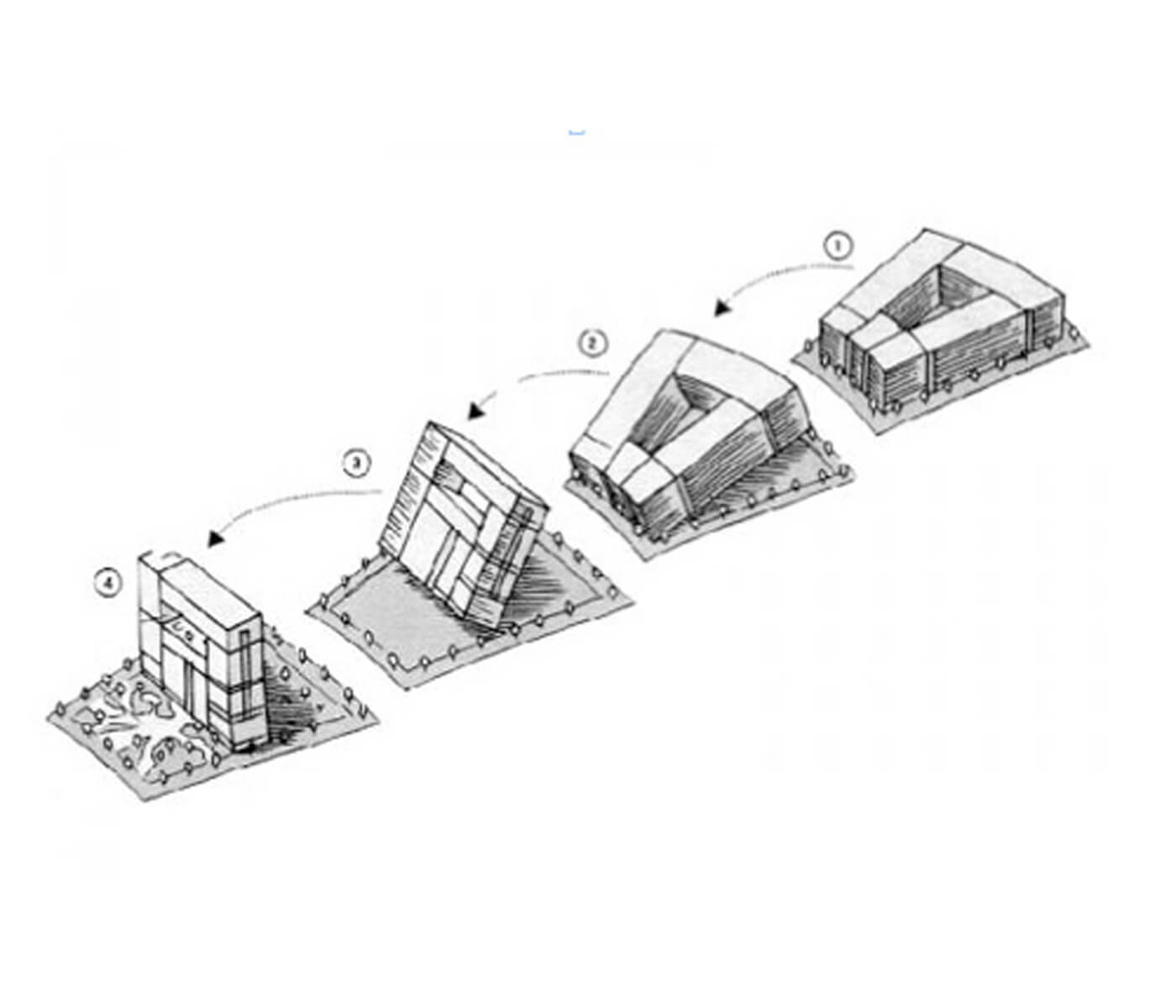
Sustainable vertical urbanism also copes up to challenge modern day problems like massive urbanization, intermittent transport connectivity, and the major issues due to lack of urban hygiene. Sustainable vertical urbanism can change people’s perspective and attitudes on living, working and facing cultures of the expanse. Earlier back in the 18th century, cities began to expand exponentially in size. Newer inventions resulted in constructing higher buildings rather than sprawling over the surface.
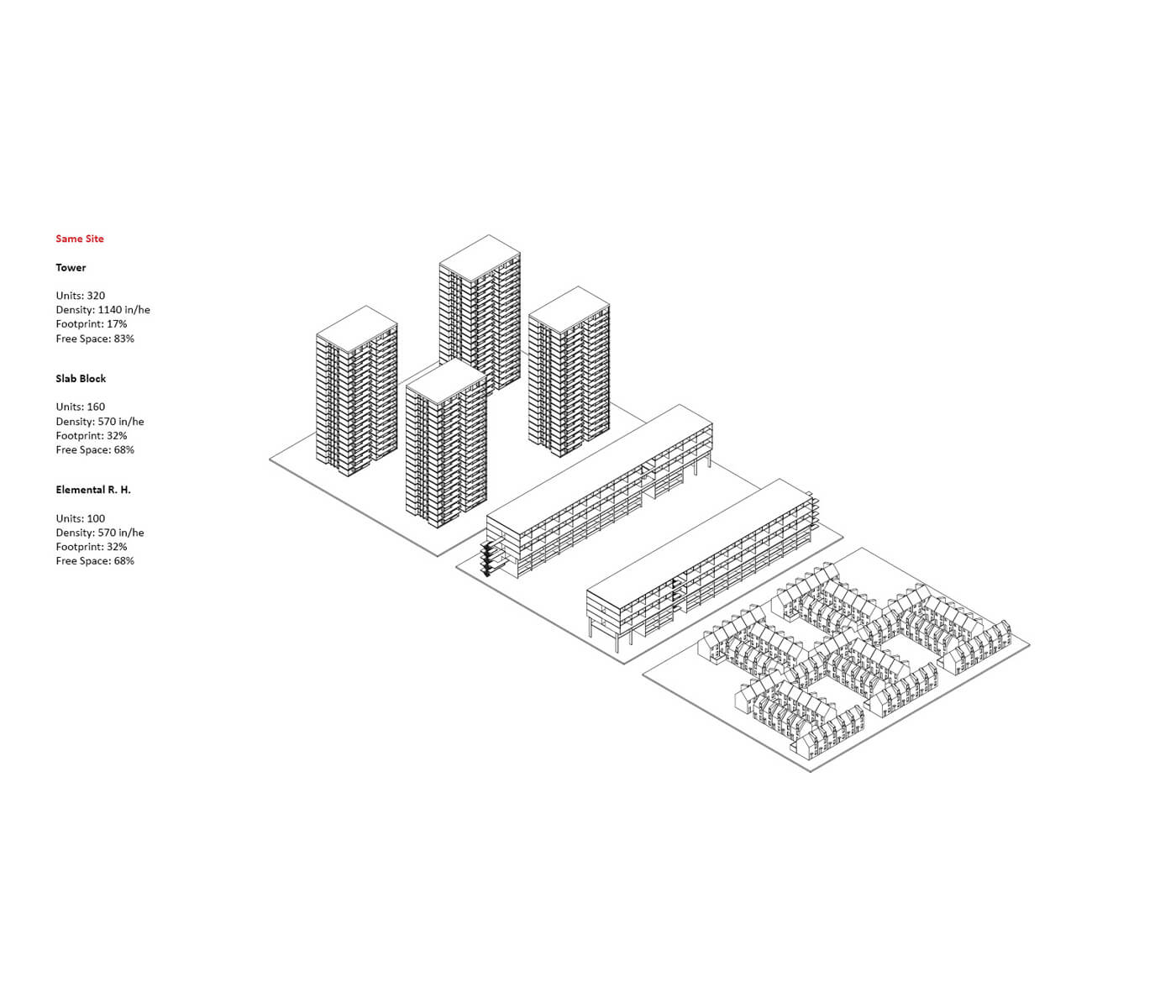
The modern typology of skyscrapers had started back in the 19th century in Chicago mainly due to the higher cost of lands after the great fire accident which demolished almost the entire infrastructure which existed. So due to the urge for rapid urbanization, multi storey high buildings were built so as to accommodate maximum people at a lower footprint. Due to modernism evolution, invention of steel and glass made the work much easier. This prototype became a better solution to tackle population boom, congested streetscape and transportation difficulties.
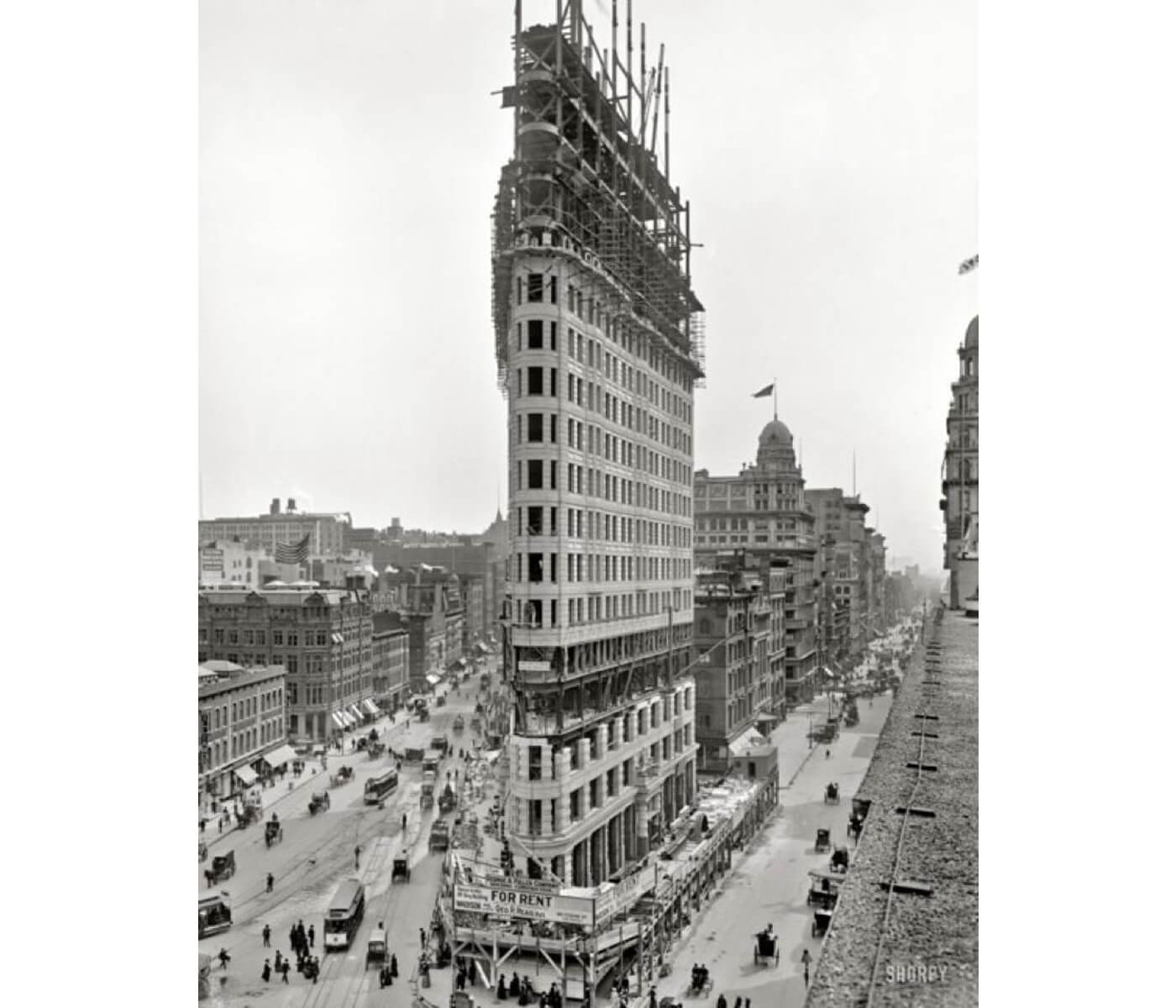
Skyscraper design typology has undergone a series of evolutionary changes. This has resulted in constructing even a 1000 m tall building whereas the first ever skyscraper had less than 10 storey. Those days, the functionality of the building remained mostly monotonous and served a single purpose, moreover like a single container with stacking floorplates so as to optimize the spatial efficiency satisfying the financial investments.
Open spaces and mixed use developments are the major factors that make the city a ‘vibrant’ and a ‘dynamic’ space in an intuitional level, being a citizen.
In 21st century we have come to an acknowledgement that mixed use urban development plays a vital part in regeneration and urban renewal techniques, which also includes reformation of transportation methods. If the main use of urban realm is to share the distributed space, then there happens a new consciousness of the opportunities in vertical urbanism, mixing up purposes above each other in the same foot print, instead of sprawling in a horizontal dimension. Open spaces and mixed use developments are the major factors that make the city a ‘vibrant’ and a ‘dynamic’ space in an intuitional level, being a citizen.
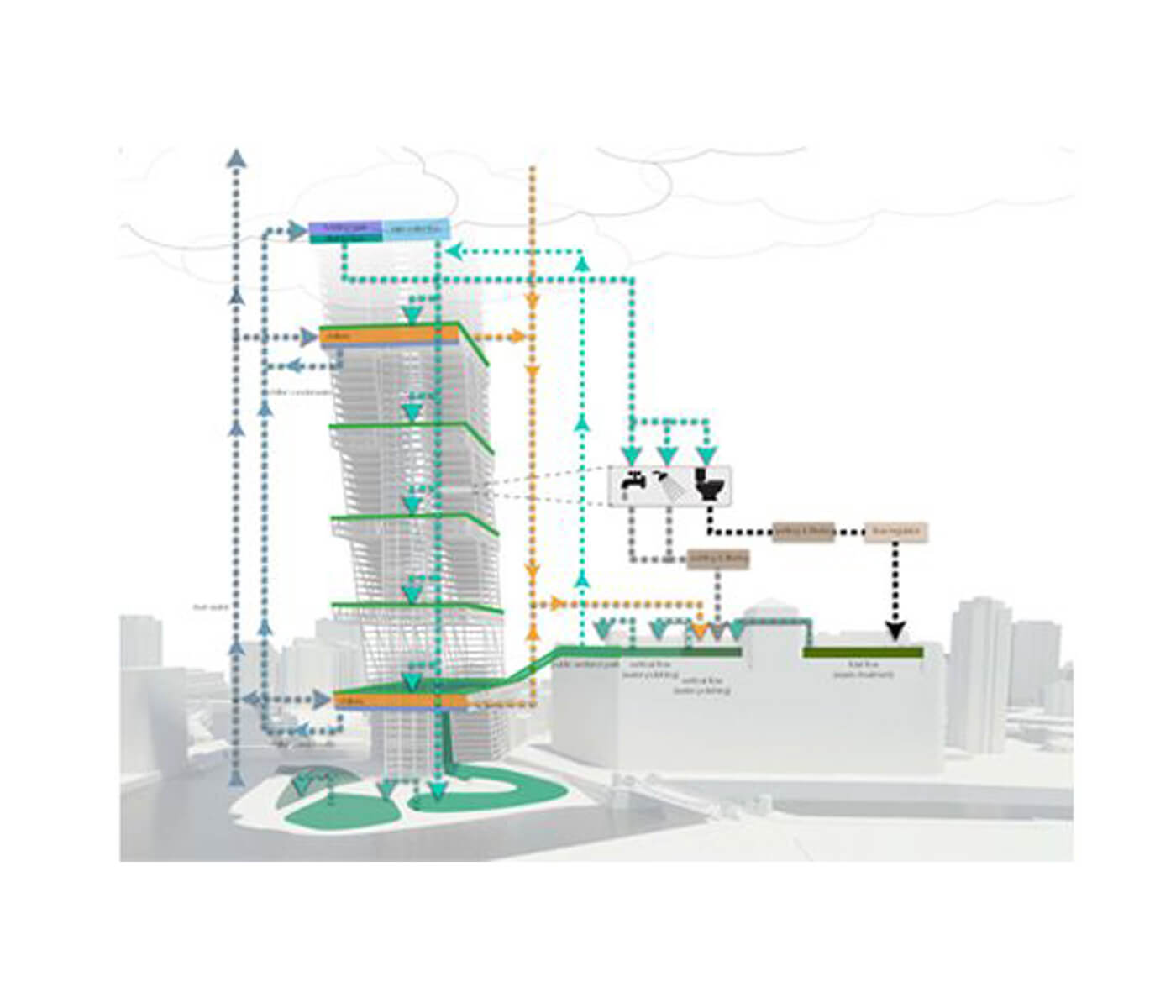
The vertical expansion resides above us, which becomes inaccessible to the public but the inhabitants. The city should serve as a multidimensional space, where people tend to spend time at different levels, starting right from the basement level of mass transits to the topmost level of the tallest buildings. Citizen and visitors would love spaces, which enables them to spend their time wandering on foot, safeguarding them from commercial traffic and highways. Public expect easy access to basic commercial, social and cultural services and facilities to fulfil their daily needs.
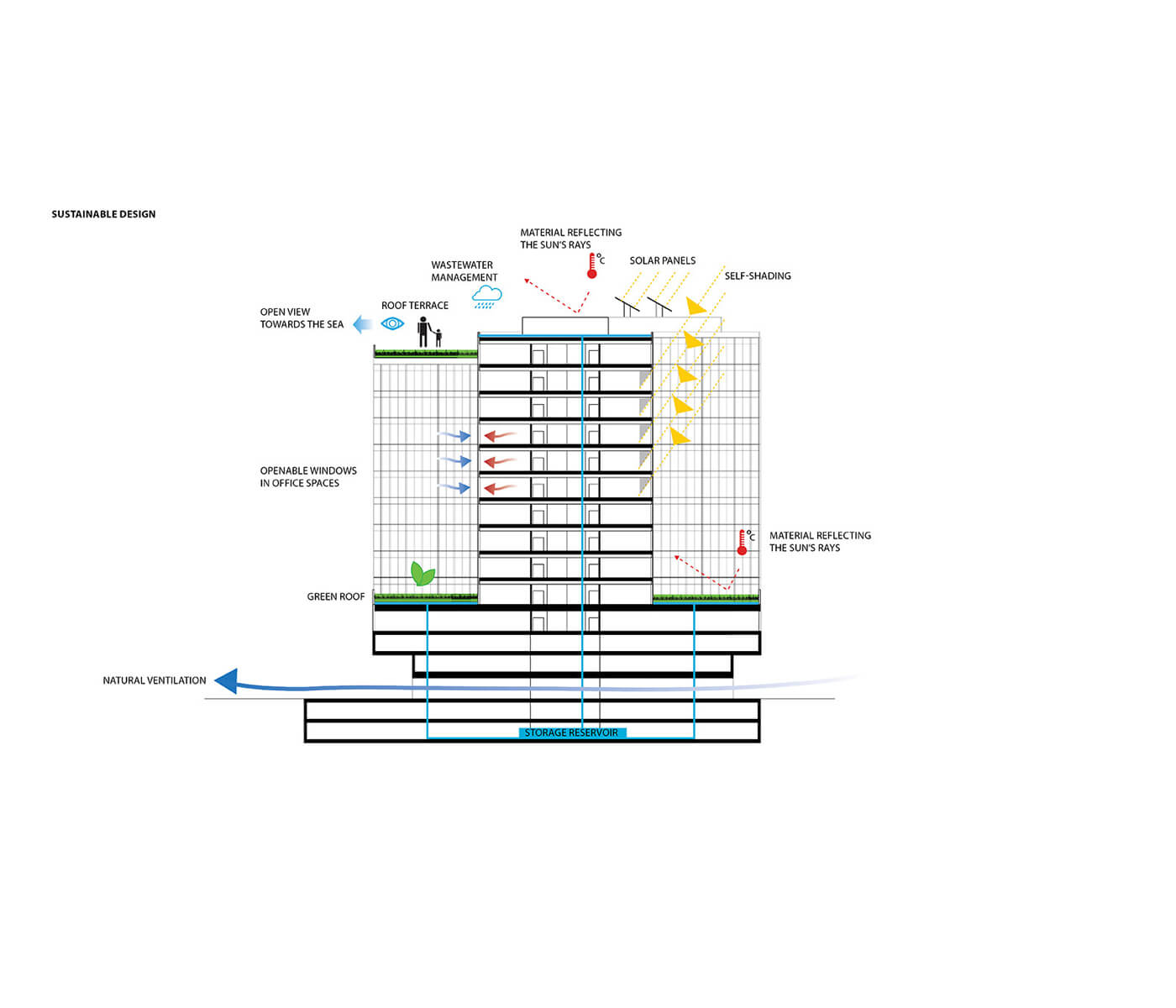
Another vital need is the redefinition for more satisfying habitable workspace and living environment that recreates fulfilling aspects, which is similar to those of successful urban spaces found in the ground level. A vertical urban realm also requires a network of plazas, parks, pathways and enclosed floating spaces. One major drawback is the concern of privacy and security, which can be resolved by card-access systems, smart elevator systems and clarity in circulation routes, functions etc.
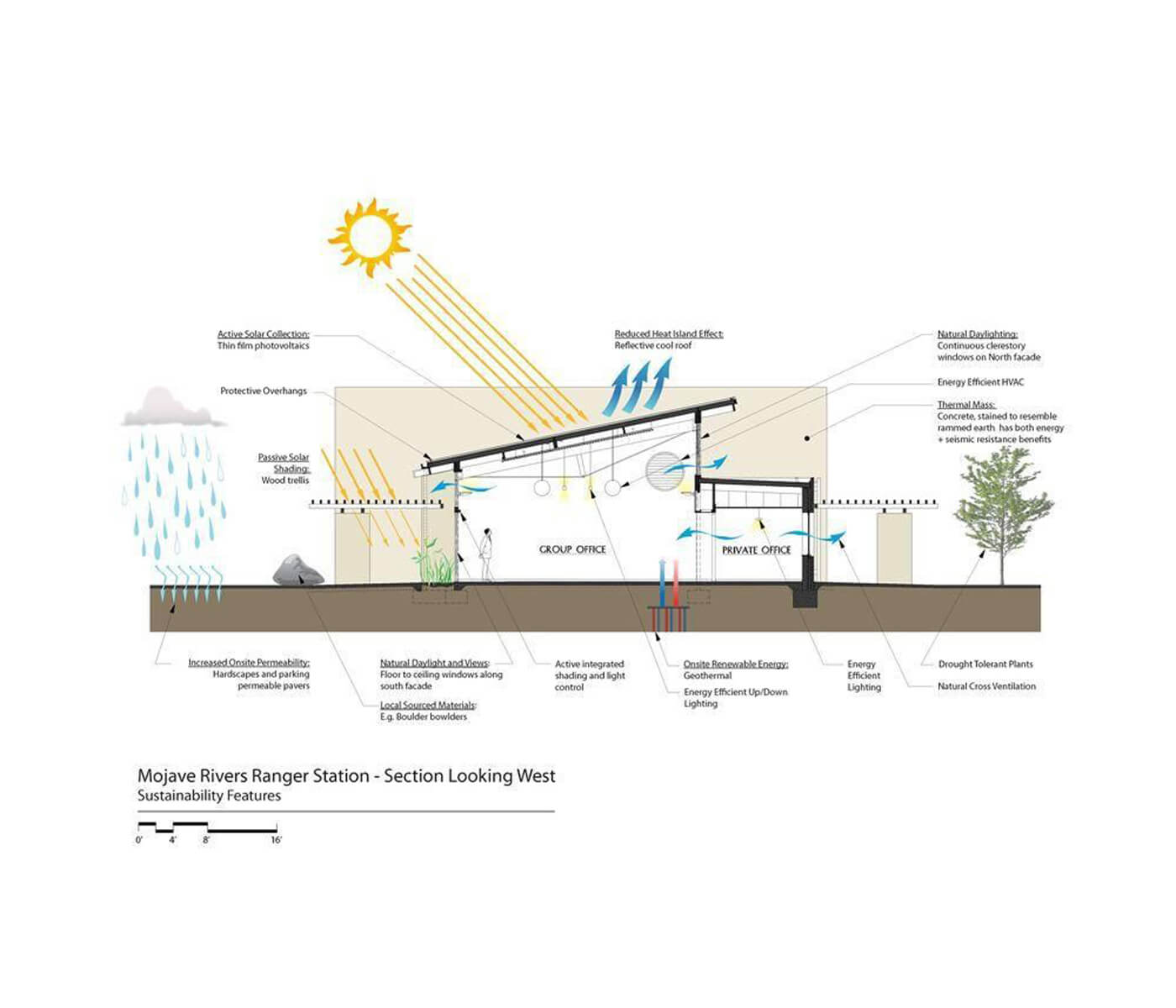
When people find the potential to create adaptation to living, working and recreation in vertical dimension, then they create an opportunity to develop a community environment. But it is important to understand the organization of mixed use buildings. The form usually reflects the function, starting right from planning, organizing and landscaping, rather than getting enclosed in a glass wall.
There will be increased opportunities for citizens to work and interact within the community.
Although human settlement has traces in history on mixed use patterns, it has now become a vital part in regeneration and urban renewal process. Mixing both residential with offices and commercial facilities creates efficient use of land by valuable utilization of building and space. Potential impact of this brings a dynamic exposure and vibrancy to the city by adding life to it.
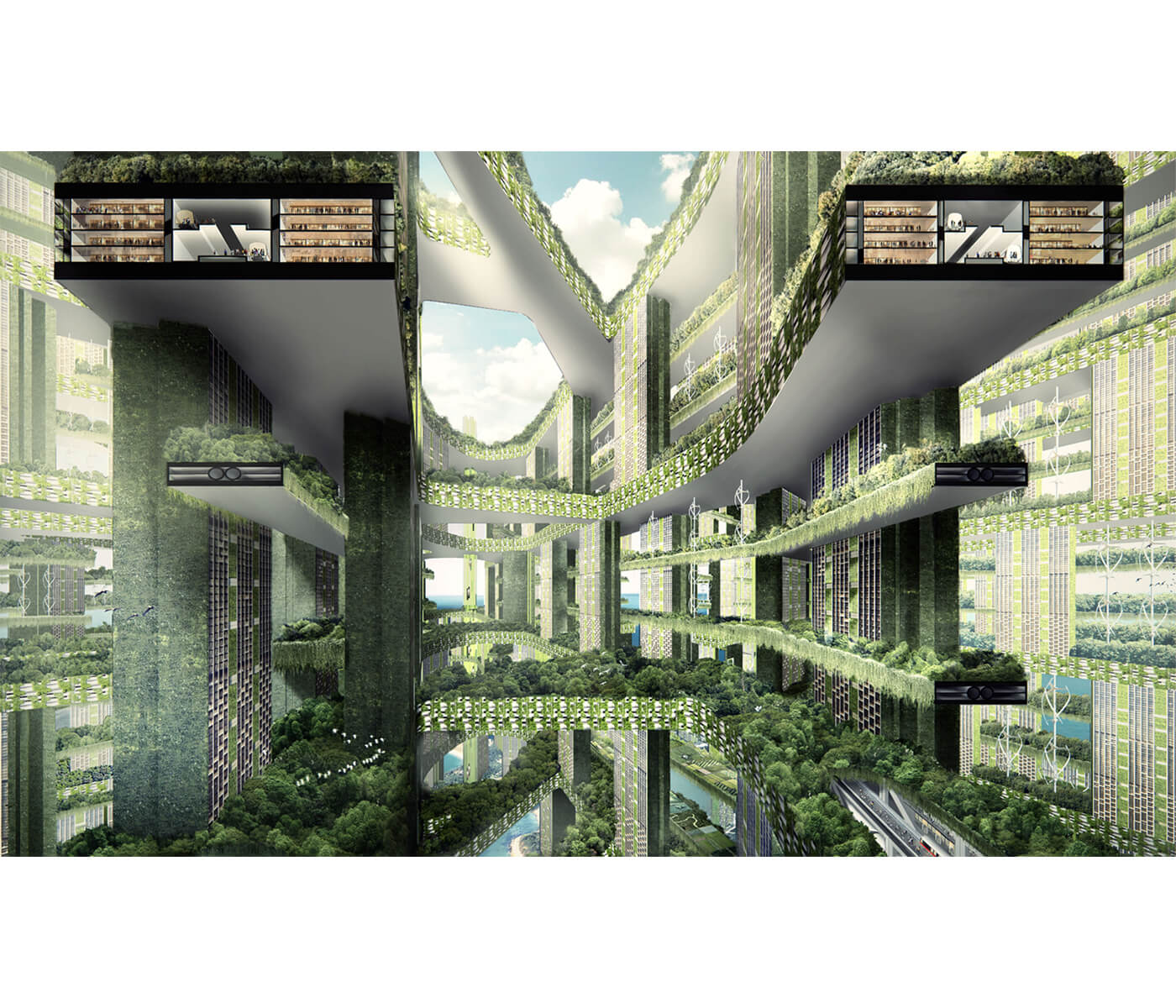
Mixed used vertical buildings can reduce the reliance on cars and other private transportation. It enhances the part of public transportation modes, which can ultimately reduce urban congestion. There will be increased opportunities for citizens to work and interact within the community. Involving sustainability in a vertical mixed development supports the community in environmental economic and social aspects. Thus we can achieve a mutually beneficial balance between these three factors which refers to the” TRIPLE BOTTOM LINE”.
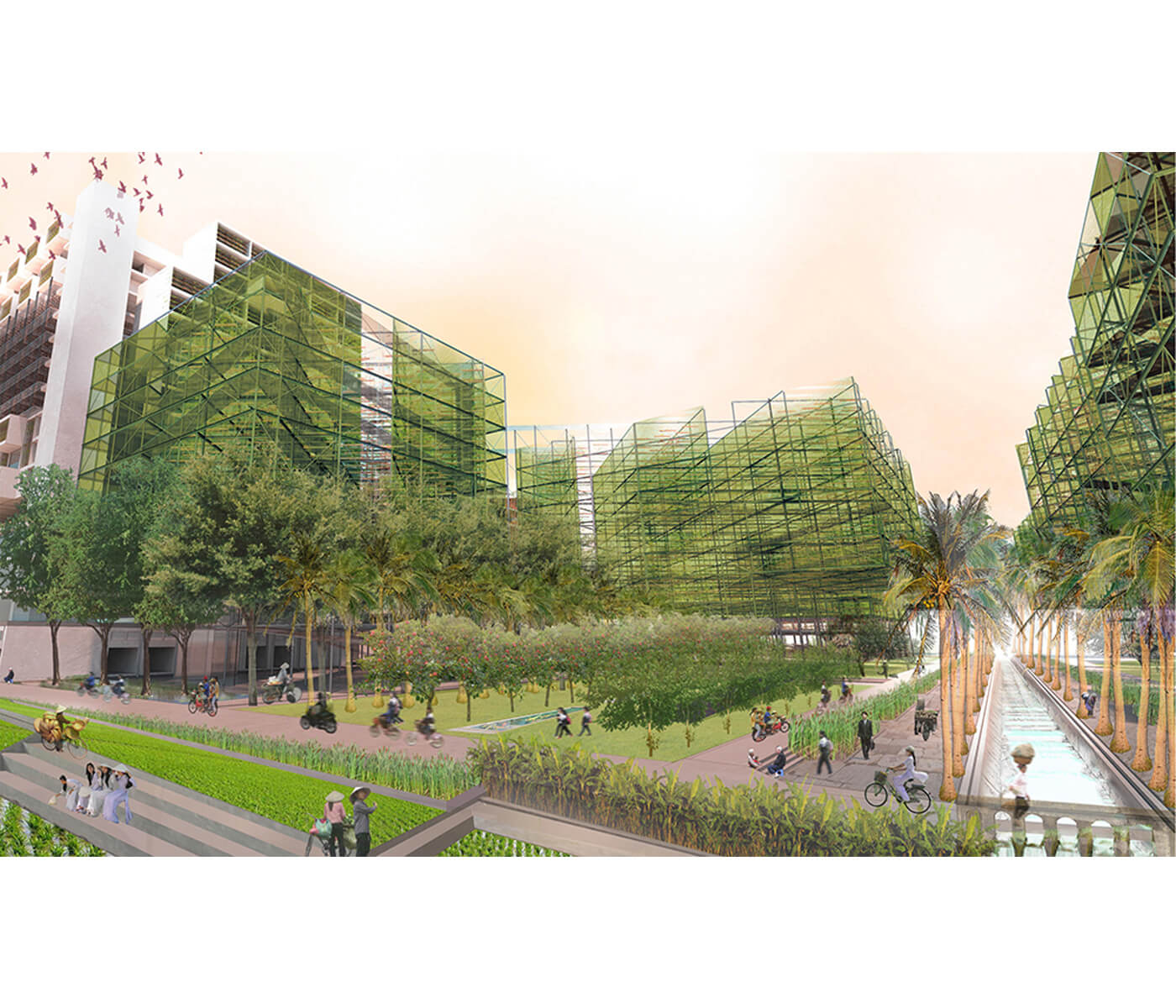
This can help us to achieve in additional factors such as urban spatial facilities, use of technology and transportation systems, healthcare and wellbeing and socio-cultural interaction. There are several aspects that can ensure a positive future path of sustainable vertical mixed use hybrid building in creation of exhilarating and dynamic new urban spaces such as, synergy between building functions, public spaces formation, freedom of new concepts, dynamic of section, 21st century cities as incubators, living./ working/ recreating and cultural social condensers and super green architecture.
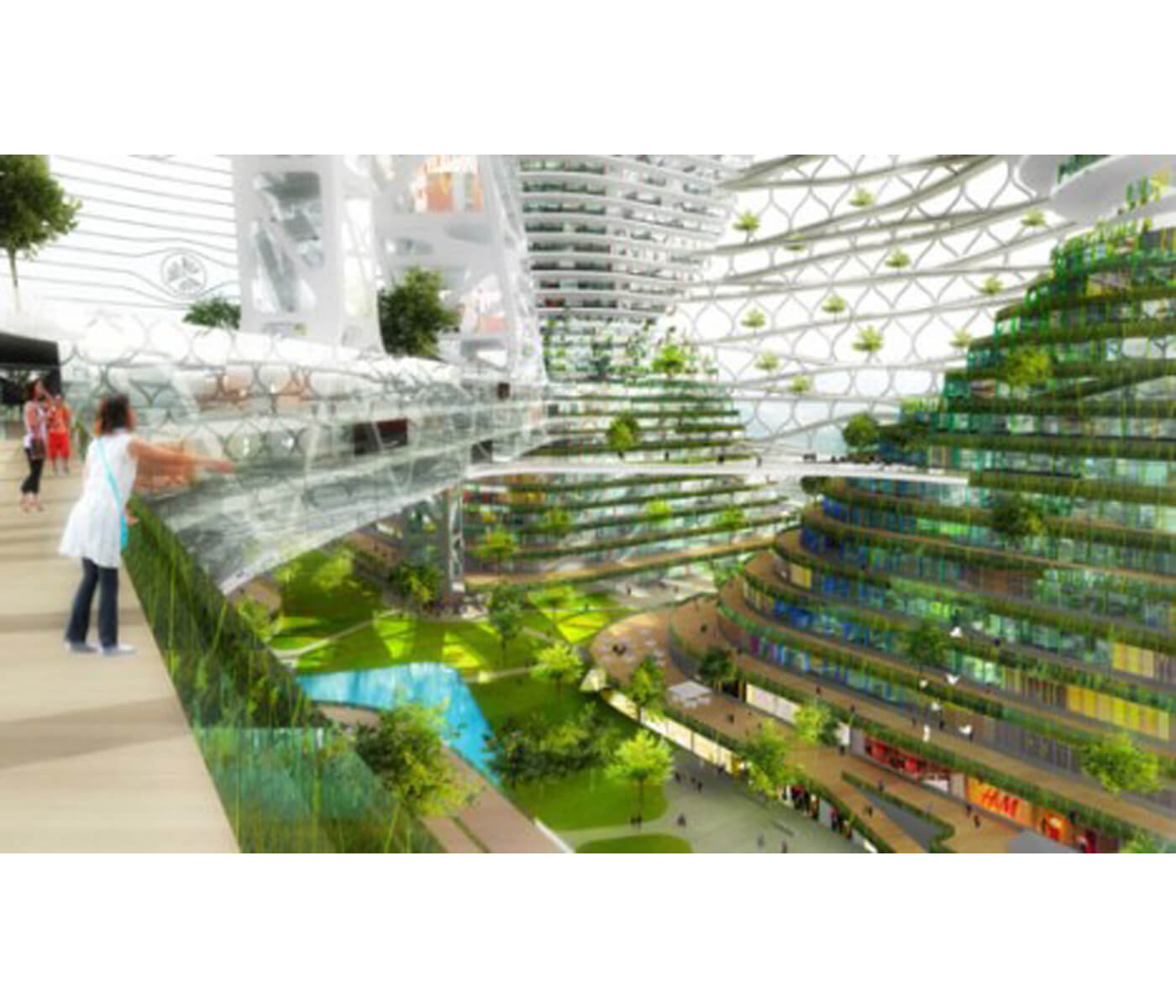
Hybrid buildings were not classified as a unique building type, but are usually grouped below ‘mixed use’. A hybrid stalked vertically can house different functions within a single structure. Stephen Holl said that, “hybrids are incomplete and necessarily rely on the organization of the whole in a way that reorganizes the social dimension of the building.” “The world’s climate goals are not sufficient. They are also unlikely to be met.” – The Economist
Nilofer Fathima
DESIGN FIELD
Architecture, Urban Design and Strategy
LOCATION
Chennai, India
STUDIO NAME
Lorem Ipsum
ABOUT
I, Nilofer Fathima Nafil Fyzee, a student of Marg Institute of Design Architecture, Swarnabhoomi, Chennai, pursuing Bachelor of Architecture, am a person who is fascinated about architecture and design processes from my young age, which made me choose architecture. I am a person with good creativity and interpretation skills, who does not want to confine my skills for my own self development. for the betterment of the society at large. This has impacted me from the initial stage of my graduation to explore the challenges faced at an urban scale and find solutions to this. I am a person who has the ideology that, men and women deserve equal chances of growth in all aspects. I possess the desire of becoming a successful architect in the society which backs my workstyle. This captivated me towards futuristic design strategies which made me attend numerous conferences and workshops on “Designing for the future”, along with internships. I hope this serves as a base to head start and stabilize my career.


